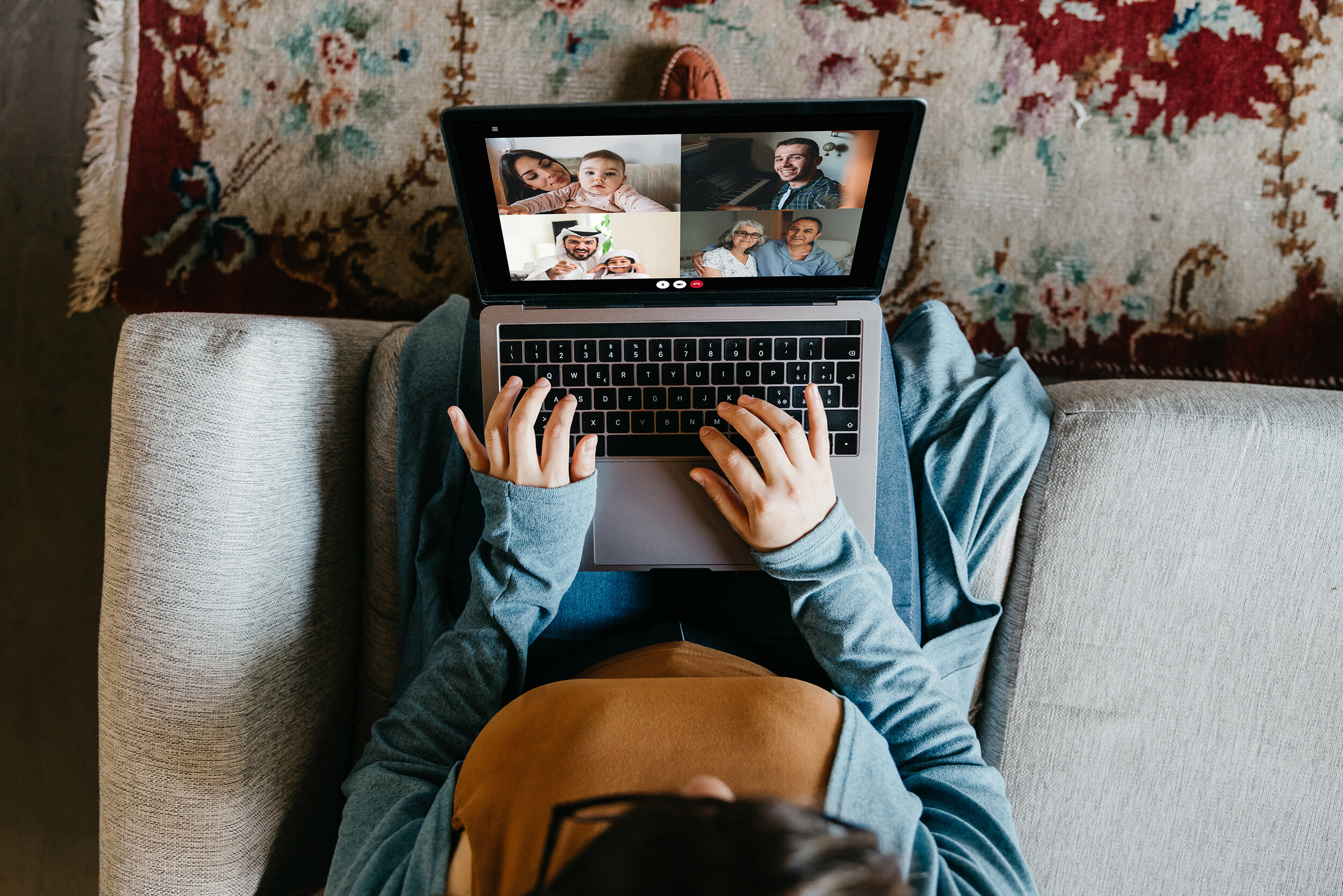Digital Divide: Connecting Portland During the COVID-19 Crisis
The COVID-19 pandemic has rapidly increased our dependence on technology. Many of us are working from home, homeschooling our kids with online resources, accessing resources online, and checking apps often for news updates.
But for many Portlanders, especially low-income people and people of color (frontline communities), the story is different. They have limited access to the internet or no access at all. Many community members also lack computers, tablets, or other critical hardware. They may also lack knowledge about programs for secure chat or video calls, online healthcare, banking, or for online learning. And, these same frontline communities have heightened online privacy concerns. Internet access can be the only safe way for some communities to access critical services.
The lack of reliable internet access, devices, and digital literacy skills for frontline communities creates economic, social, and educational inequities. These differences describe the digital divide.
The national and local COVID-19 response efforts highlight the essential role digital connectivity plays in our lives. The COVID-19 pandemic is growing the digital divide and risk for frontline communities.
Who is affected by the digital divide? . In Multnomah County, 32,000 households lack Internet service and have annual household incomes of less than $75,000. Of those 32,000 unconnected households, at least half make less than $20,000 per year. There are at least 16,230 households in Multnomah County that do not have computing devices of any kind. Data source: 2018 American Community Survey.
Helping connect Portland
Frontline community organizations, the City of Portland’s Office for Community Technology, the Bureau of Planning and Sustainability’s Smart City PDX program, other local governments, and local technology stakeholders are collaborating to design and implement rapid digital inclusion actions. Learn more about why we have formed a COVID-19 Response Digital Divide Work Group.
We’re solving for two problems:
Many community members have limited or no internet access. They also lack critical hardware, software and knowledge about key tools (e.g., chat, video calls) or emerging pandemic-related internet scams. This divide places them at greater risk because so much of the pandemic response assistance is offered online.
Frontline community organizations need new digital support to build community. Traditional outreach tools (canvassing, community meetings) are unavailable in a time of physical distancing and stay at home orders.
Our single priority: Increase digital inclusion for Black, Indigenous and People of Color (BIPOC) communities, individuals with disabilities, and other community members at high risk of digital exclusion.
Response actions
The COVID-19 Response Digital Divide Work Group supports frontline community-serving organizations to build digital communities—so they can do virtually what they would ordinarily do in person.






